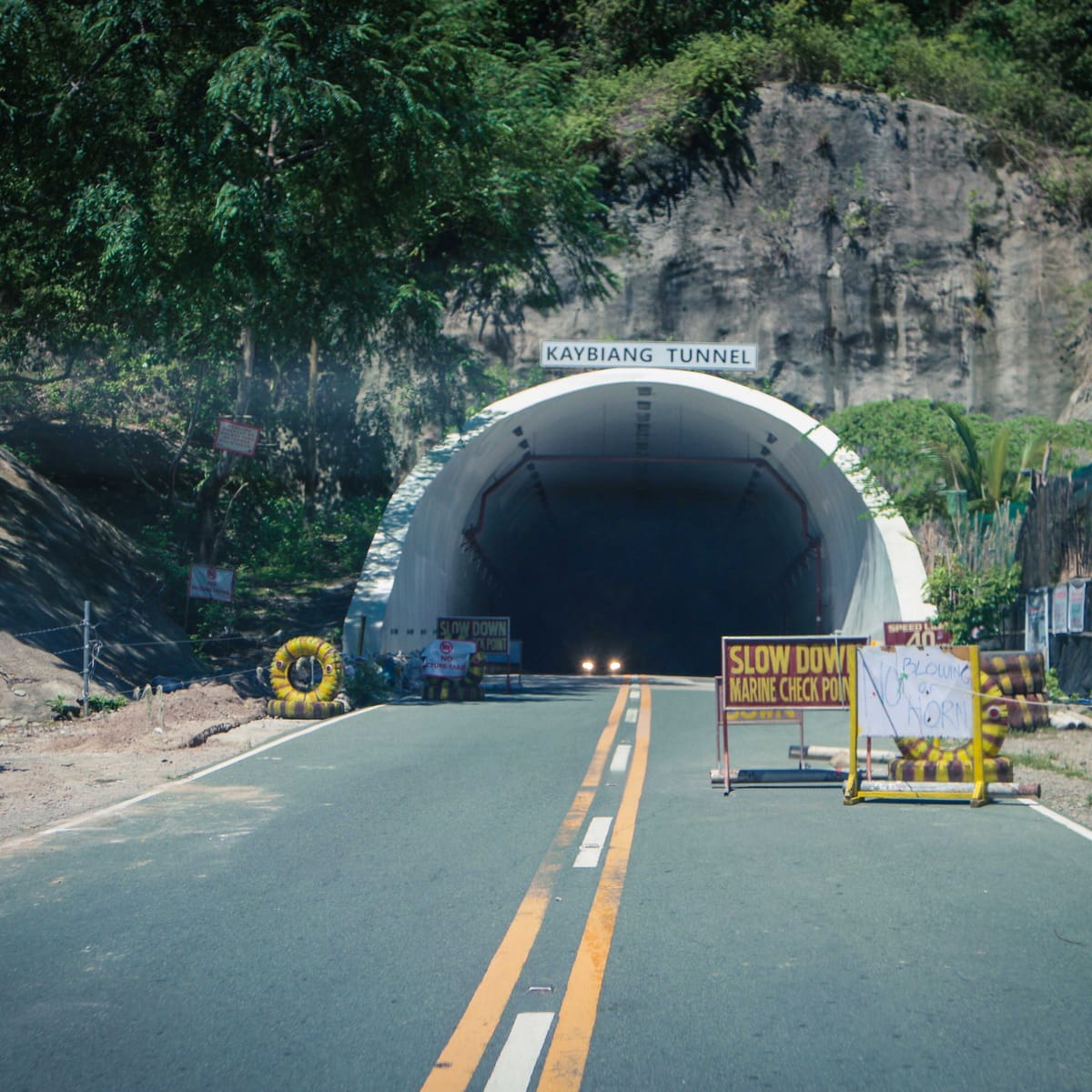A Bold Career Move: Vlogger Finally Goes Viral by Dying at Full Speed
Motorcycle vlogger's fatal stunt unexpectedly boosts his online fame.

Image: McNeil Gail
After years of struggling to gain traction in motorcycle vlogging, Marco "Loops" Zafra saw his content reach a massive audience by violently colliding with the pavement at high speed during a stunt on Kaybiang Tunnel Road.
Witnesses say the 27-year-old, who had sought fame through increasingly dangerous motorcycle stunts, secured his legacy by not surviving his latest upload.
Zafra and fellow motovlogger Gio "Revs" Guirado had been attempting a “ghost riding” maneuver, in which the rider either stands on the seat or releases the handlebars completely, converting their motorcycles into high-velocity projectiles. Moments after executing the stunt, Zafra lost control and his confidence to the laws of physics.
Bystanders captured multiple angles of Zafra’s death, which was uploaded and distributed more efficiently than any of his planned content. The footage, which spread across social media, amassed millions of views, surpassing every video the vlogger had produced.
“This is exactly what we’ve been waiting for,” said one commenter on a now-viral clip of the crash. “The raw action, the high stakes, the lack of basic safety precautions. It’s everything that makes motovlogging great.”
The accident also expanded the cast of Zafra’s final appearance. Six bystanders sustained injuries after they were unwillingly included in the most ambitious crossover event of the day.
Zafra’s subscriber count skyrocketed instantly after the incident. His older videos, once barely breaking a few hundred views, are now seeing an unprecedented surge in engagement.
Meanwhile, Guirado, who survived the stunt, embraced the moment with a heartfelt tribute, thanking critics for increasing his engagement numbers. “The hate is real, but so are the views,” he said in a statement, paying his respects by doubling down on content creation.
Some members of the riding community have proposed solutions to prevent future accidents. A suggestion endorsed by motorcyclists who feel unfairly targeted is to make roads rougher so that riders are discouraged from attempting stunts.
The proposal has sparked support, with some arguing that if smooth roads are the real problem, then potholes, loose gravel and random speed bumps are the solution. The innovative approach has also led to other visionary ideas, such as filling swimming pools with sand to stop drowning and replacing gym equipment with jagged rocks to discourage improper lifting techniques.
Authorities opted for a less groundbreaking approach by increasing patrols outside the tunnel, which was met with frustration from communities.
"Just because some people keep dying doesn’t mean everyone should suffer the inconvenience of basic law enforcement," said Manuel Escueta, spokesperson for Underbone Elite Riders, a group of small-displacement motorcycle owners. ■



